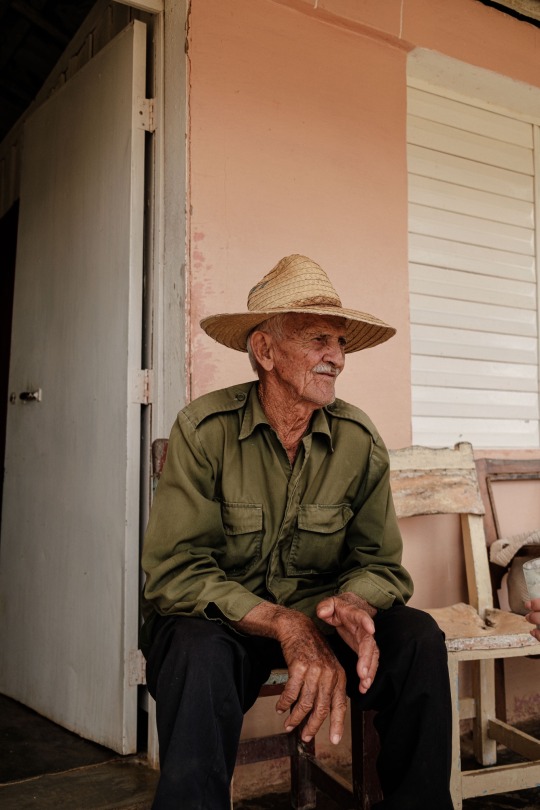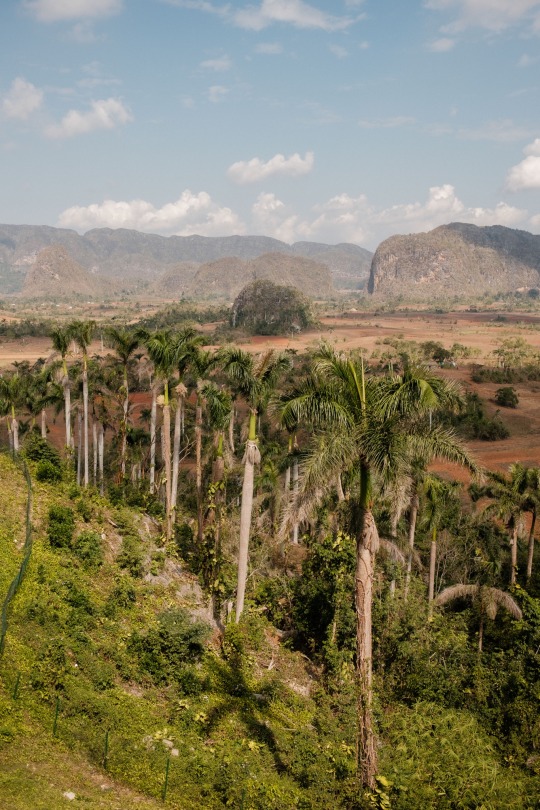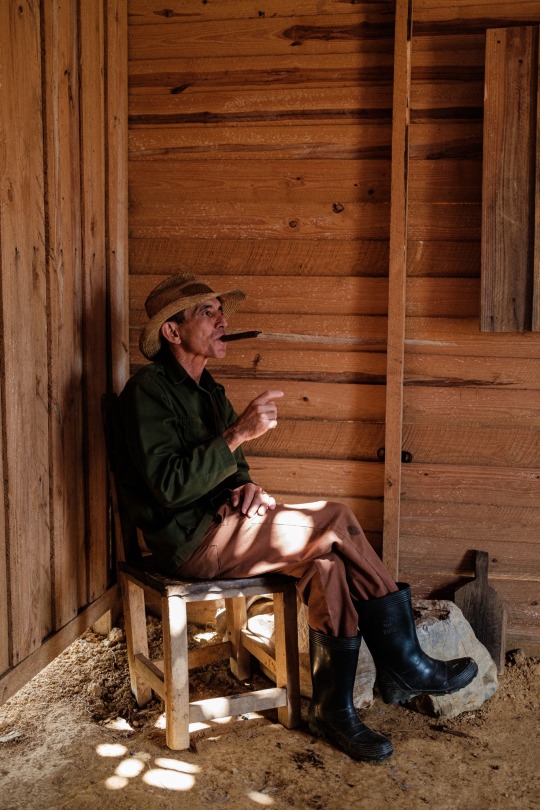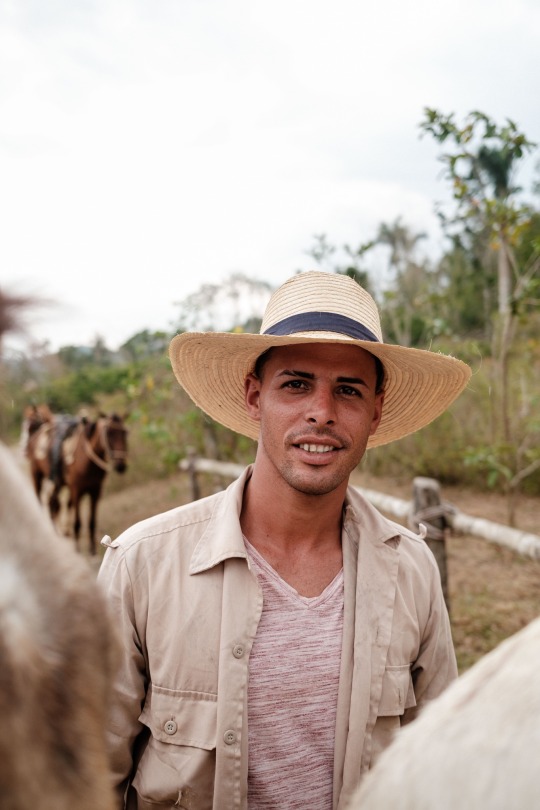#guajiro
Explore tagged Tumblr posts
Text

traditional dance (guajiro) in zulia, venezuela
18 notes
·
View notes
Text










Photos by, Rocio Rivera
#rocio rivera#photography#love#sexy#pretty#cute#happy#latina#rocio rivera photography#cuba#people of cuba#guajiro
5 notes
·
View notes
Text
Estaría chido que me vivieras a rescatar y así mi codependencia se dedicaría a ti, mi vida tendría más sentido.
0 notes
Text

Hey Witches, my new book IS OUT! And Is Available everywhere books are Sold! Help this Latino/Immigrant/Queer witch to share this post, cuz #SharingisCaring 🧡
DREAM WITCHERY: Folk Magic, Recipes & Spells from South America for Witches & Brujas.
AMZN: https://www.amazon.com/Dream-Witchery-Recipes-America-Witches/dp/0738774758/
Bookshop: https://bookshop.org/a/91061/9780738774756
B&N: https://www.barnesandnoble.com/w/dream-witchery-elhoim-leafar/1142969957
Indiebound: https://bookshop.org/p/books/dream-witchery-folk-magic-recipes-spells-from-south-america-for-witches-brujas-elhoim-leafar/19688314?ean=9780738774756
#witchcraft#magic#witches#pagan#paganism#brujeria#brujas#brujos#south america#indigenous witch#indigenous brujeria#Venezuela#guajiro#wayuu#arawak#native magic#native witch#dream witch#dream magic#dream witchery#dream magick#green magic#green witch
1 note
·
View note
Photo

𝑽𝑰Ñ𝑨𝑳𝑬𝑺 - Excursiones a caballo - Paseos en Bicicleta - Hospedaje - y más... Una experiencia natural y Guajira. Nada como probar las cosas tal y como son... Con ese olor intocable y orgánico. Eso es Viñales. Interasados en vivir esta excelente experiencia escríbame a WhatsApp para más detalles o en mi perfil👇👇👇 https://chat.whatsapp.com/FIUHe4luGEXLIHCAF7bcyp #excursion #excursión #excursiones #excursions #excursiónes #excursionismo #excursionistas #tours #hospedaje #senderismo #montaña #aventura #paisaje #outdoorlife #seguro #viajandoporcuba #cubaunica #guajiro #guajiros #tobacco #tabaco #miel #mieldelatierra #cafe #organico #organic #turismo #yoyostravel (at Viñales, Cuba) https://www.instagram.com/p/CpDVk54O2T_/?igshid=NGJjMDIxMWI=
#excursion#excursión#excursiones#excursions#excursiónes#excursionismo#excursionistas#tours#hospedaje#senderismo#montaña#aventura#paisaje#outdoorlife#seguro#viajandoporcuba#cubaunica#guajiro#guajiros#tobacco#tabaco#miel#mieldelatierra#cafe#organico#organic#turismo#yoyostravel
0 notes
Text

HAS. HAS A FREAKING FIT. /j

Here’s Guajiro Cookie’s younger brother, y’all. Now we have to brainstorm some names :T
onnn the other hand…. LORE TIME !!!! Stay tuned for that >:3
#He’s less trouble than his older sister. and probably the more responsible one too lol#Aw wait I just realized I forgot to add his beans :(#I specifically raised one foot paw just for that :(((#rey rambles#rye-draws#Crk oc#crk art#crk fanart#crk ocs#cookie run#cr kingdom#cookie run fanart#beast yeast#cookie kingdom#cookie run kingdom#cookie run: kingdom#burning spice cookie#nutmeg tiger cookie#Guajiro Cookie#digital art#digital drawing#drawing#my art#art#crk fankid#artblr
20 notes
·
View notes
Photo



The Wayuu and the Salt of Manaure
“At the northernmost tip of Colombia and South America, the Guajira peninsula juts into the Caribbean Sea like a finger. This hot cactus-studded desert, which sees very little rain, is populated by a tough but easygoing people—the Waiuu Indians. The Spanish conquistadors who reached Colombia’s Guajira peninsula in the sixteenth century reported that those Indians traded the salt they extracted from the sea for the gold produced by tribes of the land’s interior. Knowing the conquistadors’ obsession with the precious metal, they probably ended that trade brutally upon discovering it. However, at Manaure, a dusty village, the Waiuu today are still producing salt. And as everywhere in the developing world where I have watched salt manually produced, it’s hard work here too, though much less so than in the Sahara and Ethiopia. It also brings the Waiuu little money. For a few generations the salt flats have also been exploited industrially by a government company, which buys the Waiuu salt. Manaure fills 65% of Colombia’s salt needs. Thanks to a scorching sun, a dry and windy climate, and natural lagoons, Manaure was always a perfect place for that activity. Though some miners work there all year, most of them do so only during the more productive three summer months. The rest of the time the Waiuu fish or herd goats. They live in mud houses as well as in flattened cactus huts. And they sleep in hammocks, many of them beautifully woven by women and wide enough to accommodate couples. As in many other parts of the developing world, the Waiuu spend much time getting water from distant wells as well as firewood. At least they did so between 1974 and 1987, when I visited them three times. Much has changed there now.” - Victor Englebert
#indigenous#wayuu#native american#capitalism#indigenous people#la guajira#wayuus#guajiros#colombia#south america#colombian#native americans
34 notes
·
View notes
Text
Hola, vengo a compartir algunas de mis metas fantasiosas (algunas no son tan fantasiosas , pero se alejan de lo que hago actualmente o es poco probable que se den).
Una pequeña parte de mi espera de corazón poder realizar al menos una de ellas. 🙂↕️
Ver la adaptación musical de Romeo y Julieta en un teatro y en su idioma original, o sea francés. Literalmente he estado poniendo en bucle todas las canciones durante las últimas dos semanas. Me obsesioné. La mala noticia es que creo que ya no se presenta esta versión y menos en mi país :(
Formar parte de una obra de teatro de Romeo y Julieta o de Un sueño de una noche de verano. No importa si soy parte del elenco, de la producción, del guión, lo que sea… YO QUIERO ESTAR AHÍ.
Ser surfista.
Ir a clases de danza hawaiana. He querido hacerlo desde que vi Lilo y Stitch (básicamente desde los cuatro años).
Ser tatoo artist. Creo que no me tatuaría, pero amaría tatuar a otras personas.
Ir a un concierto de Lady Gaga.
Ir a Japón. De verdad quiero ir ahí.
Participar en un reality show que trate de retos en una isla o selva. Nada de dramas, solo gente sobreviviendo en la naturaleza.
Aprender todos los idiomas que hablan los personajes de Yuri on Ice. De todos esos, apenas estoy terminando el inglés. 👍
Mi hermano es guitarrista, así que si algún día tiene una banda y sacan un álbum, me encantaría ser yo quien le diseñara la portada.
Yo también quiero sacar un álbum. Incluso he pensando cómo se llamaría.
Exponer alguna obra en el Palacio de Bellas Artes.
Trabajar como guía en un museo de artes.
#es todo#también se les dice sueños guajiros#si alguien sabe de alguna presentación próxima de Romeo y Julieta sería de mucha ayuda que me lo comentara :)
2 notes
·
View notes
Text
Esa voz en mi cabeza alimentándome incesantemente de sueños guajiros.
5 notes
·
View notes
Text

The Science Research Diaries of S. Sunkavally, p385.
#adrenal cortex#glucocorticoids#radiation#molecular cyclization#immune response in women#ultrasound#homing pigeons#magnetite#Gulf Stream#Alexander Humboldt#Ottomac tribe#starvation#clay consumption#Guajiro Indians#lime consumption#cortisol#hippocampal neurones#satyendra sunkavally#theoretical biology#manuscript
1 note
·
View note
Text
In a tacky waterfront bar in Bluefields, Nicaragua
MOROCCO MOLE, trying to shake off a rather potent hangover: Uh, what exactly was that stuff they were serving at the bar? SECRET SQUIRREL, trying to explain: Are you familiar with rum, Morocco? MOROCCO MOLE: Somewhat, Secret Squirrel. SECRET SQUIRREL: Morocco, that was more or less the local brew--guajiro lina, by name, a close cousin of rum and, like rum, is distilled from sugarcane. But is said to be rather strong, and is not for the unacquainted. MOROCCO MOLE, concerned: I just hope there wasn't some Rohypnol or Mickey Finn added.... SECRET SQUIRREL, incredulous: "Mickey Finn"?!! That, Morocco, is so out of date; besides, a "Mickey Finn" relies on a coal tar derivative as is no longer in favour....
#hanna barbera#vignette#headcannons#secret squirrel and morocco mole#nicaragua#bluefields#exotic booze#guajiro lina#hangover#mickey finn#hannabarberaforever
0 notes
Text
when combating radical feminist/female separatist "males are inherently violent and we can't ever peacefully integrate the sexes" stuff, i think its very important to study up on the concept of "rape-free" societies. specifically check out "A world in which women move freely without fear of men: An anthropological perspective on rape" & the Kreung practice of "love/maiden huts," (read here, here) in which young women would have their own houses built where they could have as many lovers as they want until they decide to get married- and if they didn't want to have sex with a boy, they didn't. in some societies, sexual violence has always been a colonial import.
this quote from the first article's abstract has stuck in my mind since i read it:
Guajiro women of the desert, however, do not live under the cloud of rape, they are not afraid. A personal experience will illustrate that. I remember walking with my guide in the desert late in the evening. It was already after 11:00 PM and we still had some way to go. I felt uncomfortable but said nothing not to upset her. The next day, however, I brought up the issue to avoid such nightly walks in the future. She replied, yes, she had been scared, too. This, of course, confirmed my conviction that the desert was as unsafe for a woman traveling at night as the big cities. When I then mentioned that a man in Europe had attacked me, she looked surprised and replied: “You were afraid of people? Oh no, there is no reason for that. I was thinking of the snakes.” How different our fears had been.
there have been societies where rape simply did not happen, or at least didn't happen to the extent that it was something that people reasonably feared would happen to them. and if this has ever been possible for humans to live like this, then it is possible for us to live like this again. we are animals with choices.
403 notes
·
View notes
Text

HOLA CABRONES I'M BACK AND EXCITED TO ANNOUNCE THE FIRST BOOK OF THE NECESSARY CUBAN SAGA FOR YOUR EYES AND LIBRARIES!!! I disappeared for a while because I was sweating on this baby filled with characters, chevrolets and explosions (spoilerrrr)!!! 🍌 Scenario: the criminal Fréderic Brémaud https://www.instagram.com/frederic_brremaud/ Drawings: the blonde yo misma Colors: the hero Maggie https://www.instagram.com/_leevolt_/ Editor: the guajiro Eloi https://www.instagram.com/dunstancoop/ Publisher: Éditions Dupuis https://www.dupuis.com/ 🍌 It will appear on french shelves the 17th OF JANUARY por dios remember it!!!!! Till that date I'll post some other pictures so stay tuned, comment and repost, never trust a mafioso and CHOOSE WISELY YOUR SIDE HIJOS DE 💣💣💣 !!!!! 🐯
#tebeos#quadrinhos#bande dessinée#comic#comics#cover art#fumetto#cuba#havana#frederic bremaud#vic macioci#vicomaco#illustration
116 notes
·
View notes
Text
we officially have a name!!!

Meet Guajiro Cookie, daughter of Burning Spice Cookie and Nutmeg Tiger Cookie (first or second born? we don’t know yet lol)
Also, I have a couple of ideas for her weapon, so I have one more ask here 👇
I have a few references here for how they’d probably look (in chronological order in case you don’t know what’s what)





🫶🫶
#I love her#Guajiro Cookie really fits her#now for the brother >:)#He’s going to have nutmeg tiger’s animal half#I don’t know much else (yet) though lol#rey rambles#rye-draws#Guajiro Cookie#Oc#oc art#crk oc#crk oc art#cr kingdom#cookie run oc#cookie run kingdom oc#cookie run kingdom#crk#crk fanart#cookie run#cookie run fanart#cookie kingdom#cookie run: kingdom#burning spice cookie#nutmeg tiger cookie#burning spice crk#nutmeg tiger crk#digital art#digital drawing#Polls#tumblr polls
15 notes
·
View notes
Text
Caribbean Folk Saints and Mighty Dead: San Lázaro
Patron of Cuba, Father of the Earth, Lord of the Mound, Man of the Crossroads, Babalú-Aye, Asojano. San Lazaro has had many titles attributed to him throughout his existence within the Caribbean. But who is this Saint, and why is he so important to Cubans all over the diaspora?

Origins
Like Caridad del Cobre, this beloved folk saint has multiple origin stories even within each separate community. To cover the catholic versions lightly, he is a combination of two separate biblical figures, Lazarus the Beggar who was treated poorly by a king at the table in life only to return the favor in the afterlife, and Saint Lazarus of Bethany who was raised from the dead by Jesus. The image used in veneration given the name San Lazaro is not the canon Saint but rather the beggar, yet all myths attributed to both are also attributed to the one folk saint.
It’s important to not this slight divorcing from Catholic Canon. This version of San Lazaro still is not canonized to this day. So why would either of these figures end up becoming the patron of a New World country one thousand years later?

From King to Father
San Lazaro is best known for his syncretic relationship with the Orisha Babalu-Aye. This Orisha has a complicated history before he even arrived from Africa. According to one of his origin stories, back in Yorubaland Babalu-Aye was a beggar with disease, feared by the people. they sent him away, with only dogs to guide him. When they banished him, his friend (Sometimes Eleggua, sometimes Orula) went to the Arará people and prophecized that their king woukd arrive from the woods surrounded by dogs. When he arrived he was celebrated as their king and the rest is history.
Other stories say he was a great king from the beginning, but his reckless spirit and unfaithful ways led Obatala to scolding him, and telling him should he continue his ways he would be punished. He continued to party and thus caught a venereal disease from one of his mistresses. The disease spread all over his body and this is sometimes referred to as the origin of STDs that affect the skin. In some versions, he ends up dying and being raised by his friend from earlier, very similar to San Lazaro!
His name even reflects this. Originally Obalouaye and called Omolu Brazil, his name originally meant King of the Earth. In the diaspora we call him Babalu-Aye, Father of the Earth. So as you can see, Babalu Aye can be the both the underdog and the protagonist with too much hubris. He is both a patient old man, and a rowdy drunk who likes to dance. He is a man of immense liminality, existing as both the personification of Healing and of Disease, the Father of the Earth and The Lord of Death. He is the man of the crossroads. In the wet season he runs and lives in the forests, and kn the dry he returns to reign in the cities amongst the people.
It is impossible to mention ATRs and not mention Haitian Vodou. San Lazaro is actually associated with Legba in Vodou, and more strongly tied to the crossroads and liminality. He plays a different but still similarly fills the role of gatekeeper between worlds in a way. His stories of being resurrected also lend to this idea that he is a traveler between the worlds.
Father Earth, Grandfather Fire
Throughout the Caribbean, many times we see multiple Indigenous entities consolidated into one figure. We see this in the way Cuba’s Caridad del Cobre is tied to both Atabey and Guabancex, or in DR where Anacaona and Taiguabo are both tied to multiple Cemí.
San Lazáro shares a similar story. The symbology of the aching old beggar who is truly a king despite his outward appearance is one that resonates deeply in the rural Guajiro communities where value is often placed in eldership and community ties rather than monetary means. Before colonization, Indigenous Cubans held stories of Bayamanaco, considered by some to be the Taino version of Grandfather Fire, an archetypal class of ancestral spirit seen throughout South America. In the creation stories, this old man was a gatekeeper of the sacred plant medicine and magic of Cohoba, as well as being seen as both firm and punishing yet patient all the while, much like our beloved Lazarus.
We also see him take on a role of the masculine counterpart to Caridad del Cobre, in a way acting as Yucahu. One way I have seen it described is Atabey is the dirt, while Yucahu is the plants growing in the dirt so both are the Earth in a way. San Lazáro has become closely associated with many Indigenous plants and healing methods, such as passing with beans and offerings of corn and tobacco. San Lazaro is also deeply tied to the natural world in general.


Practice
There are alot of practices attributed to San Lazáro, including the use of gold milagros although this is more broadly Catholic and I rarely hear of Cubans actually doing this. Rather, our practices have been deemed unworthy of Catholic Canon and yet we persist.
Most commonly you will see people making offerings of mixed beans with red onion, coffee, liquor and tobacco and purple or yellow candles and flowers to San Lazaro in thanks for miracles he has already performed. He is renowned for his patience and love, taking pity on those who can approach him with integrity and appreciate the comedic crassness that is part human life, especially in this part of the world. This is shown because despite his condition, he still loves to have a good time.
Most people will do a sweep with handfuls of beans before placing them in the higuero in front of him. This is done while praying for San Lazaro to help alleviate any disease or health issues and replace them with prosperity and wealth.
On December 17th, his feast day, some of his more devout followers will don burlap for the day, a fabric the Saint holds sacred. They will then crawl on their knees, usually from their statue at home all the way to the nearest church procession. While doing this, the burlap helps to remind us of the skin conditions the saint suffers and the crawling to teach us how it feels for him to walk while being disabled.
In all of his associated practices, we see the theme of humility. We are meant to humble ourselves in his honor. San Lazaro is a humble, patient old man. He is kind and giving, and wants his followers to be the same. The absolute best way you can honor him on any day is simply by treating the unhoused people around you with dignity and respect, and helping them out whenever you are able with food or money. These small acts were instilled in me my whole childhood, and to this day I stand by that most homeless people you meet will treat you better than any rich man. There are even stories of San Lazaro disguising himself as beggars to trick his unsuspecting followers, seeing if they truly take pity on the poor when noone else is around.
This is why it is important to note that Papa Viejo, as he is affectionately called, is known as a two-handed Saint. This is where people’s healthy fear of him stems from as well. He can harm and punish just as easily as he can help. This is another reason we never want to be rude to the less fortunate, because we can be put in their position just as easily. However, this also means he can help to put others in that same position if you know how to petition him.
By using sesame, you can blow it at your enemy or their property and with the help of San Lazaro you will bring pestilence to their home. Just be sure they deserve it and haven’t made better offerings than you did.

Bendiciones 🕯️
#witchcraft#bruja#brujeria#florida#florida witch#swamp witch#witch#bioregional animism#santeria#traditional witchcraft#san lazaro#folk saints#folk magic#folkloric witch#folk witchcraft#folk witch#taino spirituality#taino#caribbean
6 notes
·
View notes
Note
¿Guajiro?
Aha…Guajira, guajiro…No me importa tanto…Pero yo prefiero temas mas femeninas..ahora..
¡De todas maneras, no soy guajira, o guajiro!
5 notes
·
View notes